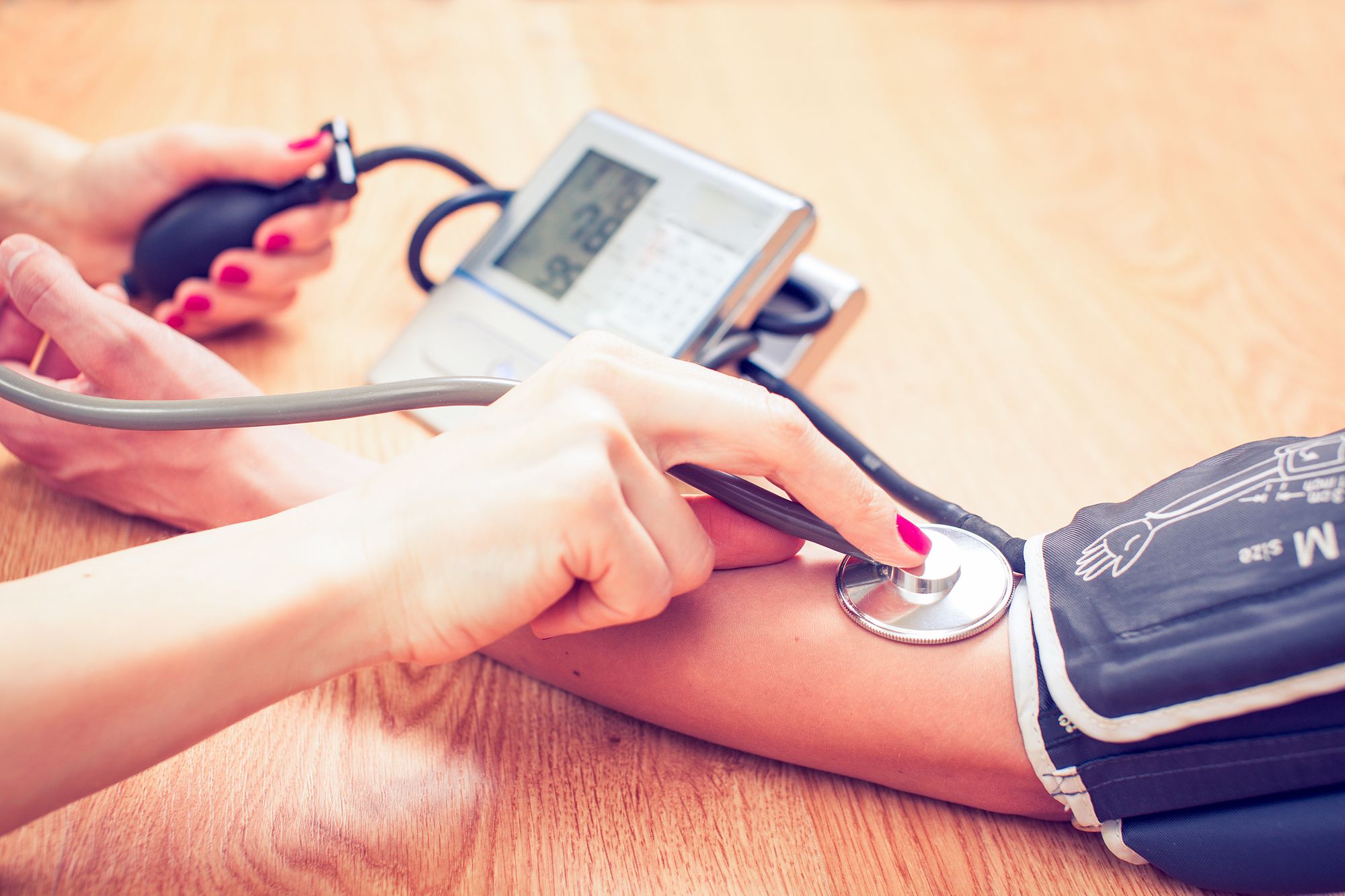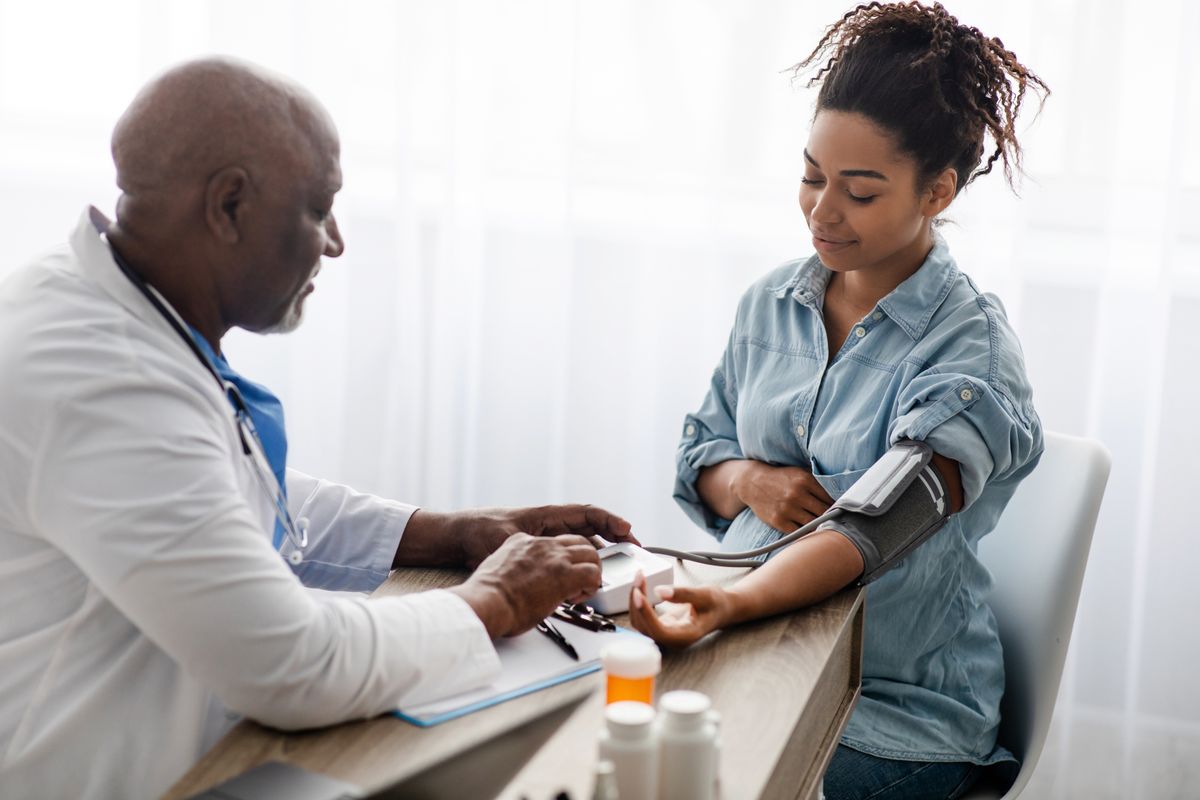Facts about Hypertension: Understanding High Blood Pressure
According to Blue Cross Blue Shield, over 70 million Americans suffer from hypertension. Shockingly, one-third of them are not even aware that they have it. Even among those who have been diagnosed, half do not have their blood pressure under control. Hypertension is a serious condition that increases the risk of stroke, heart attack, kidney disease, and other life-threatening health problems.
What Makes High Blood Pressure Difficult to Detect?
According to Dr. Leigh Simmons, hypertension is often referred to as the silent killer because it can cause damage to your body without any noticeable symptoms. Hypertension can lead to heart disease, stroke, vision loss, kidney disease, and aneurysmal disease.
To find out if you have high blood pressure, it's important to get regular check-ups with your healthcare provider. High blood pressure can be detected through a simple blood pressure reading, which measures the force of blood against the walls of your arteries.
It's recommended that adults get their blood pressure checked at least once every two years, but those with a history of high blood pressure or other risk factors may need to be checked more frequently. Risk factors include age, family history, obesity, tobacco use, lack of physical activity, and certain medical conditions.
In addition to regular check-ups, it's important to maintain a healthy lifestyle to prevent and manage hypertension. This includes eating a balanced diet, exercising regularly, maintaining a healthy weight, managing stress, limiting alcohol and tobacco use, and taking any prescribed medications as directed by your healthcare provider.
1) High Blood Pressure: Understanding the Basics

Blood pressure is the force that blood exerts on the walls of the arteries, measured using two numbers, the systolic and diastolic blood pressure. The systolic number measures the pressure from the contraction of the heart's left ventricle, while the diastolic number measures the relaxation of the heart's left ventricle. These numbers are expressed in millimeters of mercury (mm Hg) using a sphygmomanometer, a device used to measure blood pressure.
According to Dr. Raoul Hermanns, a physician in the Netherlands, normal blood pressure is a systolic pressure of less than 120 mm Hg and a diastolic pressure less than 80 mm Hg, expressed as 120/80 or "one twenty over eighty." Elevated blood pressure falls between a systolic pressure of 120 to 129 and a diastolic pressure less than 80. High blood pressure or hypertension is when the systolic pressure is equal to or greater than 130 or the diastolic pressure is equal to or greater than 80.
If blood pressure is higher than 180/120 mm Hg, it is considered a hypertensive emergency, and immediate medical help should be sought. Hypertension can lead to heart disease, stroke, vision loss, kidney disease, and aneurysmal disease.
2) Who is More Likely to Develop High Blood Pressure?

According to Dr. Leslie Thomas, a nephrologist at Mayo Clinic, high blood pressure or hypertension is a widespread condition, affecting up to 40 percent of adults. It's also one of the most common conditions for which medications are prescribed. The majority of people with hypertension have primary hypertension, which develops from a combination of inherited and environmental factors. These factors interact in complex ways within the body, making it difficult to understand precisely how hypertension develops. Some of the risks associated with the development of primary hypertension include family history, advancing age, obesity, high sodium diet, alcohol consumption, and physical inactivity.
3) How to Recognize if You Have High Blood Pressure?

Regular blood pressure checks are crucial to know if you have high blood pressure. The Mayo Clinic recommends checking your blood pressure at least every two years, starting at age 18. If you have risk factors such as smoking, inactivity, unhealthy diet, obesity or other conditions, you should check more frequently. Individuals aged 40 or older should check their blood pressure at least annually. If you are diagnosed with hypertension, your doctor may recommend even more frequent checks. Children age 3 and older can have blood pressure measured as part of their yearly checkups. Free blood pressure screenings are available at health fairs or community clinics, some pharmacies, or other locations with public blood pressure machines. It's best to consult your doctor or pharmacist to ensure you get an accurate reading.
4) What Are the Signs and Symptoms of High Blood Pressure?

According to the American Heart Association, hypertension typically doesn't present with symptoms, but there are some rare cases where symptoms may occur. These symptoms may include blood spots in the eyes (known as subconjunctival hemorrhage) which are more common in people with diabetes, as well as face flushing and dizziness. Sudden dizziness or difficulty walking could indicate a warning sign of stroke.
While most people with hypertension don't experience symptoms, dangerously elevated blood pressures can cause symptoms such as blurred vision, headache, chest pain, and shortness of breath. If you experience any of these symptoms, it's important to seek immediate evaluation by a healthcare professional or go to the emergency room. According to Simmons, it's crucial to seek medical attention if you have these symptoms.
5) What Actions to Take if You Have High Blood Pressure

The American Heart Association strongly advises against self-diagnosing high blood pressure, as only a medical professional can make an accurate diagnosis.
Once you receive a diagnosis, making lifestyle changes is the most significant and initial step to treat high blood pressure, according to Leo M. Baily, an osteopathic doctor at the Brentwood Medical Center in Newport News, Virginia. Sedentary behaviors and diets with high sodium and fatty foods are typical contributors to high blood pressure. Reducing salt intake, increasing physical activity, and making dietary changes can help manage high blood pressure. If lifestyle changes alone are not enough, medication can also be introduced to reach a healthy blood pressure range.
Bailey acknowledges that many people are hesitant to take medication, but following up with a primary care doctor or a specialist can lead to a longer, healthier life with reduced risks of serious health complications such as heart attack, stroke, and kidney disease.

